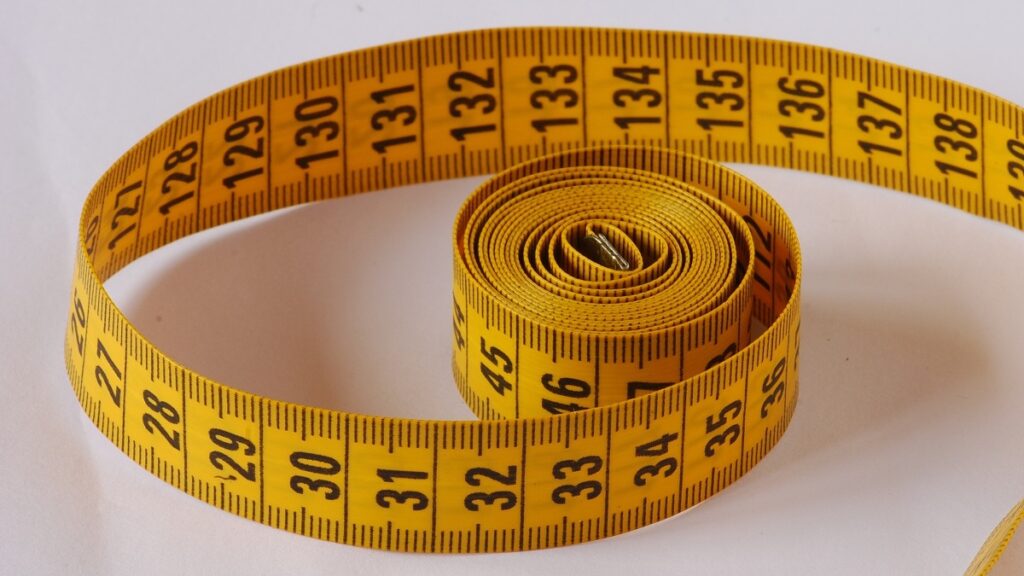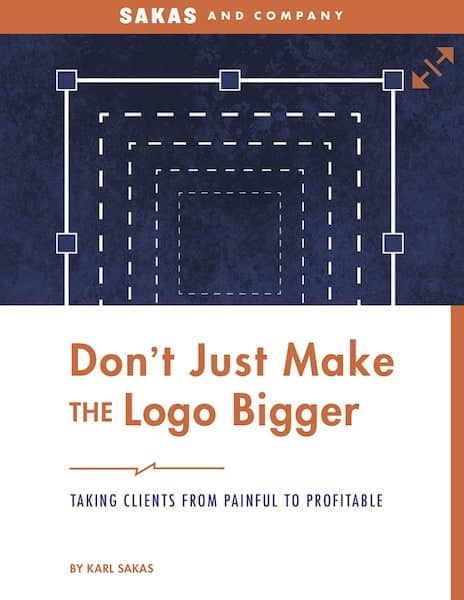Creating better estimates is often the fastest way to improve your profit margins when you run a marketing agency.
Why? Because while you can maximize efficiency during delivery, your absolute profits on the work are capped by your sales estimate. It helps to raise prices… but there’s only so much you can do to squeeze delivery.
Your sales proposal sets particular expectations about deliverables—whether fixed-scope or a series of Agile sprints. If you estimate badly, you’re hurting profitability—and you’re often on the hook to keep moving forward, regardless of profitability.
From two decades in the industry—managing digital marketing work from a few thousand dollars to nearly half a million dollars—I’ve identified four ways to create better estimates. Let’s look at your options.
1) Past Experience: Build an Estimate Library
The first thing when it comes to creating better estimates is past experience. I recommend that you build a library of estimates within your agency.
Why? Because there are certain baseline tasks you’re going to do over and over again regardless of the project or retainer. You should know how much time those tend to take. You shouldn’t have to create every proposal from scratch—start with the library of estimates, and then customize your proposal based on feedback from your subject matter expert (SME) team. More on that below in #3.
For example, every web development project has certain steps. Your estimate library could include an estimate—or an estimate range—for the initial strategy conversation. You might have an estimate for designing a homepage, and another estimate for designing an interior page. You’d also have estimates for doing the front-end development (FED) work to style a homepage and an interior page. You’d also have a consistent estimate for doing pre-launch DNS updates.
The same is true if you’re doing online marketing retainers. For instance, you can have an estimate for doing competitive research before making social media recommendations, or for creating a certain number of blog posts on a technical vs. non-technical topic.
Learning from your past experience includes project debriefs—a powerful tool to get better results and better estimates—and work breakouts (WBO’s). More on WBO’s below in #2.
2) Do a Work Breakout (W.B.O.)
A WBO is a quantitative debrief you can use to evaluate how long it took your team to complete a project or retainer. Do a work breakout (WBO) after you finish the work—or partway through if you’re concerned things are getting off track.
Here’s my full how-to on creating a WBO.
In my experience, clients find ways to increase profits by $50,000, by $240,000, or even $2-3 million. Try it. You’ll be shocked… and then glad you know so you can fix it.
If you’re carefully tracking time by project or client, you may not need to manually track the time you spent on each step. Instead, you can compare the time logs to the original budget. But you’ll still need to dig into things to understand why things went over, so you can create better estimates in the future.
3) Team Input: Ask Your SMEs
Most projects and retainers will involve at least some level of custom work—things that aren’t in your library of estimates. For those, ask your SMEs (designers, developers, strategists, copywriters, and others) for estimates on the customization.
You might be tempted to save time by just making up numbers without your SMEs’ input. I don’t recommend taking that shortcut, for three key reasons:
- Your SMEs are more likely to stay on budget if they’re doing work they’d estimated themselves.
- SMEs are better at estimating work in their area of expertise than you are.
- Your SMEs can share which items can be riskier than others, which helps when you do your averages (#4 below).
As with any PM estimates, you’ll still want to pad their estimates for the sales proposal—SMEs are often overly optimistic. But if you don’t get their input, you won’t know whether you’re padding two hours vs. 20 hours.
You’ll need to find balance on how often you ask SMEs for sales estimates. Every time you have an SME doing a sales estimate, you’re taking them away from billable work, which impacts your agency’s profits.
Here are four ways to be smart about getting estimates from SMEs:
- Batch your estimates together. SMEs aren’t as productive if you keep interrupting them. Ideally, schedule-in time for them to do estimates 2-3 times a week. Even if you don’t know which proposal they’ll be estimating, you know you’ll need their input on something then.
- Ask SMEs for estimates as a range, to help you understand the ideal vs. worst-case outcomes. More on that in #4 below.
- Add custom estimates to the estimate library so you don’t need to ask the SME about the same topics again. Ensure your PMs and salespeople know enough about the work to know which SMEs to ask each time.
- Adjust your SMEs’ billable expectations downward—at least slightly—to reflect that you’ve asked them to do non-billable work.
4) Weighted Averages: Best, Worst, Likely
Estimates are estimates—they’re an educated guess, not an exact figure. As a result, each component of your work is going to be a range.
To create more-accurate ranges for your overall estimate, you’ll want to look at a best-case, worst-case, and likely-case number for each component.
If you aren’t using project management software to create your estimates, you can create a Google Spreadsheet to track things. Each task/component goes on its own row. Add three columns: best-case, worst-case, and likely-case.
Populate the spreadsheet from your estimate library and your SMEs’ advice. Save time by sharing the spreadsheet so SMEs can add their estimates directly to the master document.
Your PM or salesperson should add an extra column, to create a weighted average of the three estimates. There’s no “right” answer for the weighting formula—you’ll need to fine-tune it based on your agency’s situation.
Use the weighted average—and be sure to add 20-35% for PM time—to create your client-facing sales estimate.
Summary on creating better estimates
Creating better estimates is an important way to increase profits at your agency—under-estimating work hurts your profits on fixed-bid projects, and clients aren’t going to be happy if your sprint count is significantly off for Agile projects.
- Build a library of estimates so you don’t have to create each proposal from scratch.
- Do a work breakout (WBO) debrief on past projects to improve your future estimates.
- Ask your team for input on estimates, but be sure to find a balance so you’re not constantly interrupting their regular billable work.
- Use weighted averages (of best-case, worst-case, and likely-case) to produce more-accurate estimates.
Question: What do you and your team do to create better estimates at your agency?


